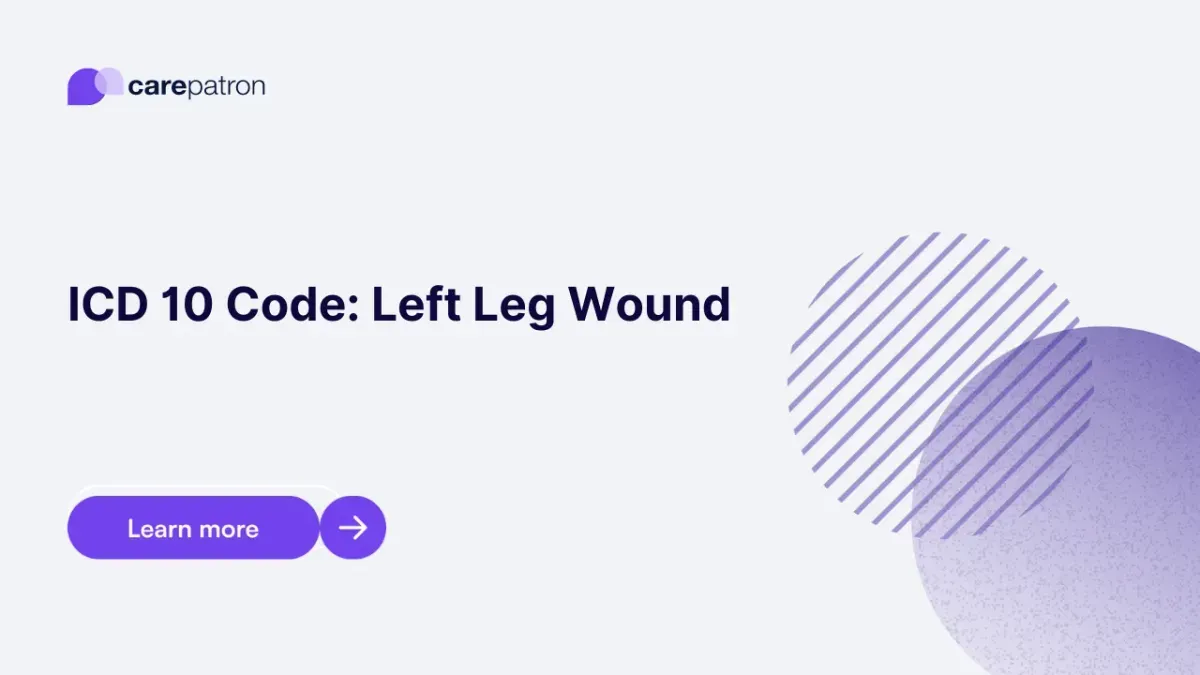
Left Leg Wound ICD-10-CM Codes | 2025
Explore ICD-10-CM codes for left leg wounds, including initial, subsequent, and sequela encounters. Learn coding tips, symptoms, and at-home care.
Use Code
Commonly asked questions
Signs of infection in a left leg wound include redness, swelling, warmth, pus, and increased pain around the area. If the person develops a fever or the wound has a foul odor, they should seek medical attention immediately.
With proper care, most minor left leg wounds heal within 7 to 14 days. Depending on the severity and presence of complications, deeper or more complex wounds may take several weeks or even months.
To care for a wound at home, gently clean it with mild soap and water, apply an antibiotic ointment, and cover it with a sterile bandage. Change the dressing daily and monitor for signs of infection or worsening symptoms.
EHR and practice management software
Get started for free
*No credit card required
Free
$0/usd
Unlimited clients
Telehealth
1GB of storage
Client portal text
Automated billing and online payments
